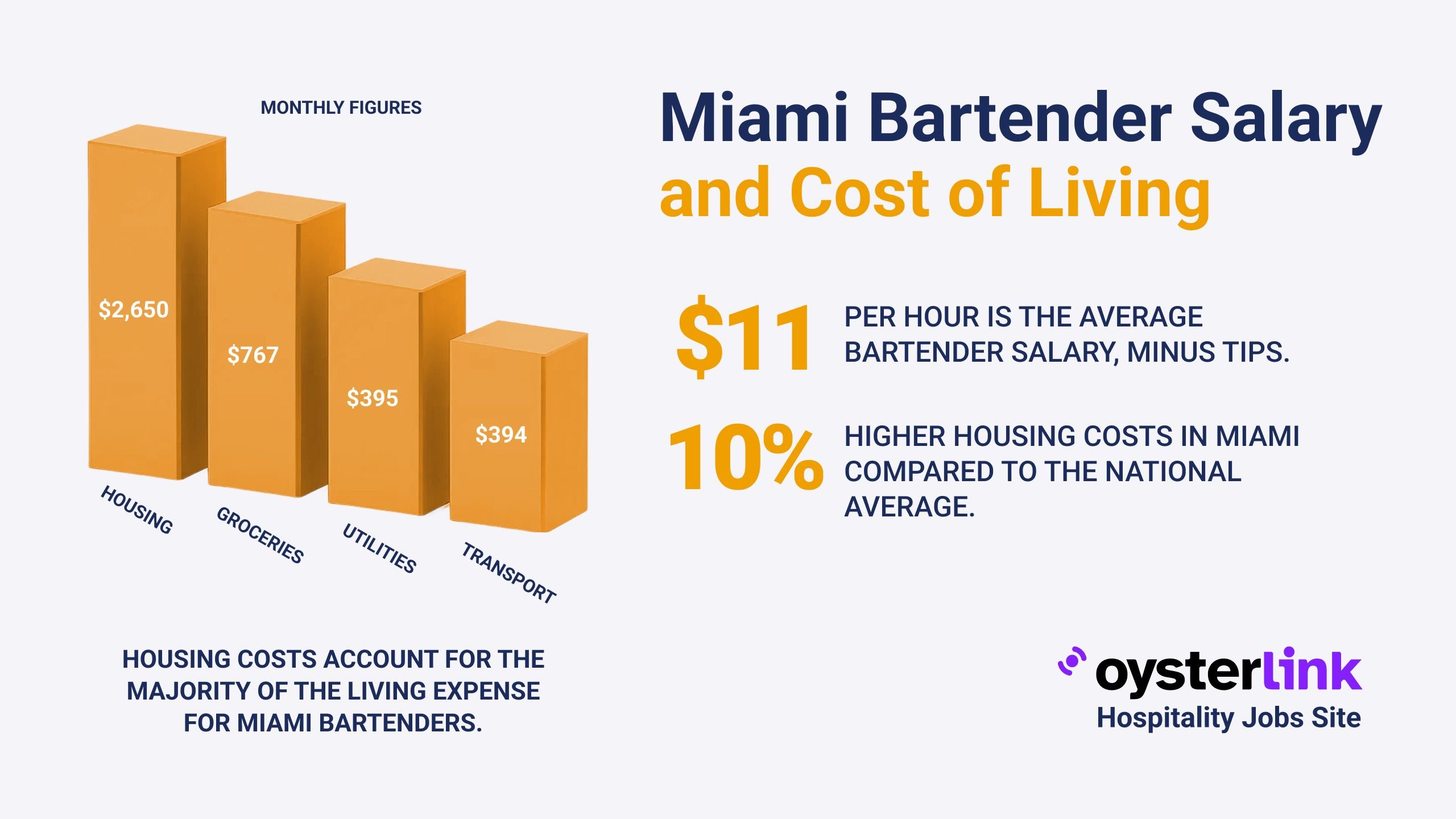Best Practices to Prevent Injuries in San Diego Kitchens: Key Takeaways
- Common kitchen injuries include burns, cuts, and foodborne illnesses, triggered by hazards like fire, sharp objects, and improper food handling.
- Essential safety measures encompass attentive cooking, proper knife storage, rigorous food safety practices, and maintaining fire safety tools.
- Adherence to established protocols such as hand hygiene, using food thermometers, and safe food storage reduces risks significantly in San Diego kitchens.
Ensuring kitchen safety in San Diego demands focused strategies to prevent burns, cuts, and illnesses. This guide outlines the best practices residents should follow to maintain a safe cooking environment.
From fire prevention to food handling, practical steps minimize injury risks and promote health in home kitchens.
Employers looking to improve kitchen safety and staff management can refer to how to hire a kitchen manager to find qualified professionals who ensure compliance with safety standards.
1. Fire and Burn Prevention in San Diego Kitchens
Kitchen fires and burns are among the most common sources of injury. Preventive actions are critical to avoid these hazards.
Restaurant owners seeking to enhance fire safety would benefit from reviewing restaurant kitchen fire safety guidelines tailored to commercial environments.
Staying Attentive While Cooking
Always stay in the kitchen when the stove is on. Leaving cooking unattended is a leading cause of kitchen fires. If you must leave, turn off the heat entirely before stepping away.
Maintaining a Clear Cooking Area
Keep flammable materials such as dishtowels, paper bags, and curtains at least three feet away from the stovetop. Clutter near heat sources increases fire risk substantially.
Wearing Appropriate Clothing
Avoid loose-fitting or flowing garments while cooking. Opt for fitted sleeves or roll sleeves tightly to prevent clothing from catching fire during food preparation.
Handling Hot Items Safely
Always use dry potholders or oven mitts when moving hot cookware to prevent burns. Wet or damp cloths can transfer heat more rapidly and cause injuries.
2. Preventing Cuts and Lacerations in San Diego Kitchens
Sharp knives and utensils pose significant risks if not handled carefully. Following proper techniques and storage practices helps reduce cuts.
Hiring the right kitchen staff can make a difference in safety. Learn how to hire reliable kitchen staff to ensure skilled handling of equipment and tools.
Proper Knife Storage
Knives and sharp tools should be stored securely and out of children’s reach. Use knife blocks, magnetic strips, or drawers with safety locks to organize cutlery.
Using Cutting Boards
Always cut food on a stable cutting board to prevent slips that can cause accidental cuts. Non-slip mats under boards add extra stability during food preparation.
3. Food Safety Practices to Prevent Illness in San Diego Kitchens
Proper food handling is essential to avoid foodborne illnesses. Implementing sound hygiene and cooking protocols effectively reduces contamination risks.
Food safety is crucial not only for health but also for employment success in roles like cooks and kitchen managers. Explore tips on how to hire a cook to maintain high safety standards.
Hand Hygiene
Wash hands with warm, soapy water for at least 20 seconds before and after handling food, especially raw meats. Thorough handwashing curbs bacterial spread and cross-contamination.
Preventing Cross-Contamination
Use separate cutting boards and utensils for raw meats and ready-to-eat items. Avoid rinsing raw poultry, as this spreads harmful bacteria through water splashes.
Cooking Foods to Safe Temperatures
Utilize a food thermometer to ensure meats reach safe internal temperatures: poultry at 165°F, beef and seafood at 145°F. Proper cooking kills pathogens effectively.
Proper Food Storage
Refrigerate leftovers promptly and keep your refrigerator below 41°F to slow bacterial growth. Timely chilling preserves food safety for later consumption.
4. Additional Safety Measures for San Diego Kitchens
Besides direct injury prevention, implementing general safety infrastructure enhances overall kitchen safety.
For managers, understanding kitchen safety also involves knowing the skills required. Read about essential kitchen staff skills to build a competent team.
Installing Smoke Alarms
Ensure functional smoke alarms are installed in or near your kitchen, and test them monthly. Early smoke detection offers critical time to react in case of fire.
Keeping a Fire Extinguisher Accessible
Maintain an easily accessible fire extinguisher in the kitchen. All household members should know how to use it effectively in emergencies.
Child Safety in Kitchens
Create a child-free zone of at least three feet around the stove and other cooking areas. This prevents accidental burns or injuries among young children.
5. Summary of Best Practices to Prevent Kitchen Injuries in San Diego
- Stay attentive whenever cooking, turning off heat if leaving the kitchen.
- Keep flammable objects away from heat sources and wear safe clothing.
- Store knives securely and use stable cutting boards while chopping.
- Practice rigorous hand hygiene and prevent cross-contamination.
- Cook foods thoroughly using a thermometer and store leftovers promptly.
- Install smoke alarms, keep fire extinguishers handy, and ensure child safety zones.
6. San Diego Kitchen Safety Resources
For those seeking further information and official guidance on kitchen safety, visit these authoritative sources:
- City of San Diego Fire-Rescue Department: Cooking Safety Tips
- California Department of Public Health: Safe Food Handling Practices
- San Diego County Department of Environmental Health: Home Kitchen Operations
Best Practices to Prevent Injuries in San Diego Kitchens: Conclusion
Preventing injuries in San Diego kitchens requires vigilance and adherence to established safety protocols. By focusing on fire prevention, safe handling of knives and foods, maintaining proper hygiene, and equipping kitchens with necessary safety devices, residents can create a secure cooking environment.
This also aligns with managing kitchen staff effectively; those interested can check kitchen manager interview questions to prepare for positions that oversee kitchen safety and operations.
Applying these best practices reduces the risk of burns, cuts, and foodborne illnesses, ensuring the well-being of all household members while preparing meals.


.png)

.png)
.jpg)